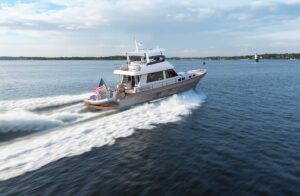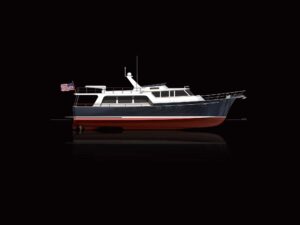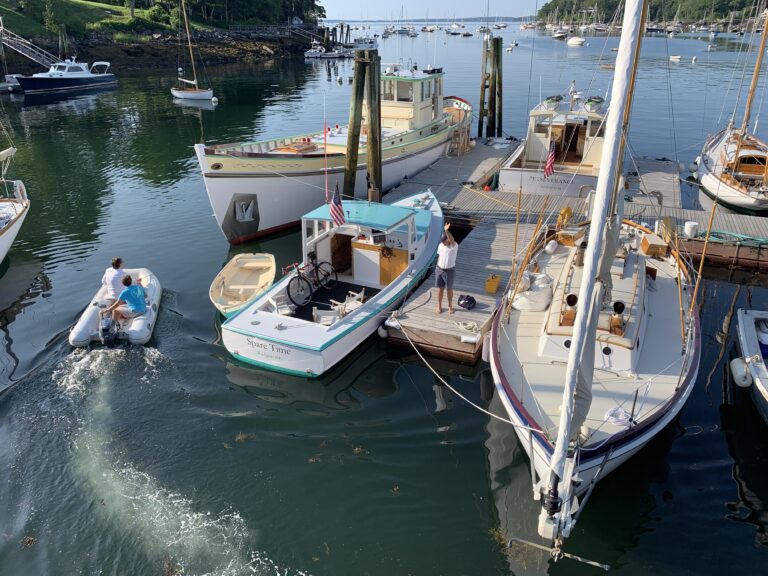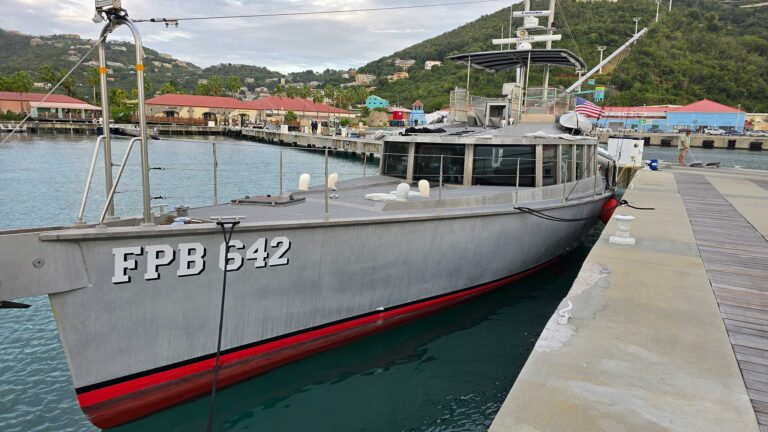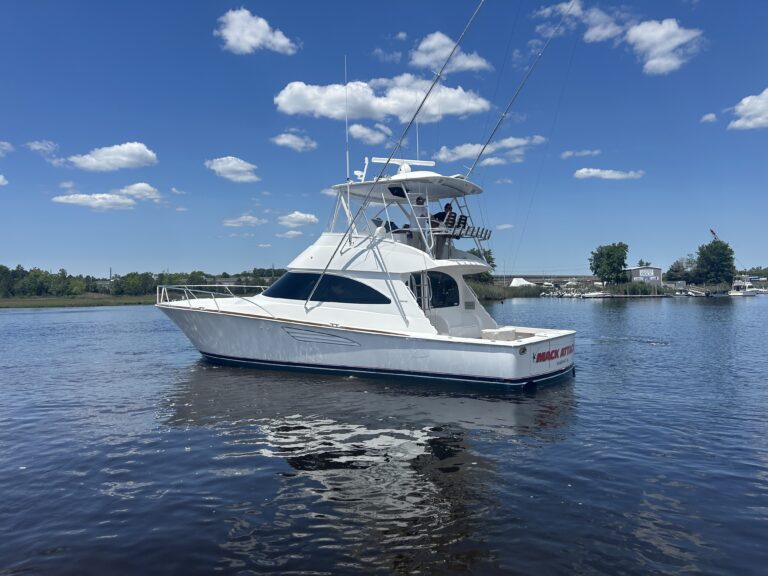“In the Spring a young man’s fancy lightly turns to thoughts of love,” Lord Alfred Tennyson wrote in 1842. But in the early 1980s, Canadian sailor Nick Aitken’s thoughts sprung toward trawlers, and that’s how the Great Lakes 33 was born.
Aitken and some friends wanted a comfortable, efficient coastal trawler to expand their cruising horizons, but they needed a well-regarded builder to make their dreams come true.
That’s when they found Dirk Kneulman, Sr. and his wife Marie who had founded Ontario Yachts in 1961 and had a reputation for building high-quality boats. After taking a one-week composite construction seminar at Dyer Boats in Barrington, Rhode Island, they added fiberglass racing dinghy construction to their business—they built nine of the 5.5 Metre dinghies for the 1968 Mexico Olympics—as well as racer/cruiser sailboats from 22 to 33 feet LOA.
Ontario Yachts is now run by Kneulman’s son, Dirk, and his colleague Don Oakie. Today, the company repairs and refurbishes boats and is the North American manufacturer of the International Etchell, a racing keelboat which Ontario Yachts has been constructing under license since 1975.
“For years, my dad was in love with the idea of building a trawler,” said the younger Kneulman. “I think the Great Lakes 33 was a Rob Ball design, who was one of the top designers for C&C Yachts. When we built the first three, they were delivered to Aitken, his brother, and a designer working at Bruckman Yachts. If memory serves, we built a total of 21. There are still a few in our area, although I do know of one purchased by a friend that is cruising in British Columbia waters. In fact, there’s one in our yard right now, awaiting restoration.”
In concept, the Great Lakes 33 bears many similarities with the sedan-style Grand Banks 32. Both boats had semi-displacement hulls with full keels and reliable single diesel engines, high flared bows and freeboards for open water conditions, wide side decks with deep bulwarks for safe fore-and-aft movement, spacious deckhouses, large cockpits and modest-sized flying bridges to keep the center of gravity low for better seakeeping.
Down below, both had a single owner’s cabin with an enclosed head. Two steps up, a single main cabin had a helm, a small bench seat, a galley and a convertible dinette. But there were two distinct differences between the Canadian 33 and its 32-foot-long Asian brethren: the Great Lakes 33 limited the use of teak by using white panels for the overhead and interior sides, which made her brightly lit, practical to maintain and kept the cost down. It also helped lower the weight of the boat. The Great Lakes 33 tipped the scales at a svelte 11,000 pounds while the Grand Banks 32 weighed in at a hefty 17,000 pounds.
This article was originally published in the July 2024 issue.


